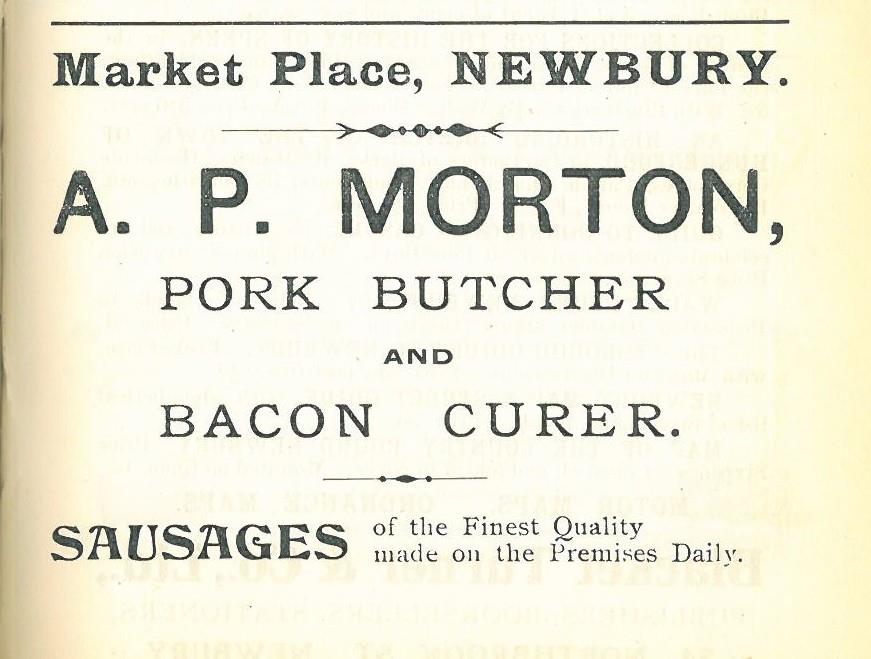Frederick James Lipscombe
Private 54185 Frederick James Lipscombe, 13th Battalion, Durham Light Infantry
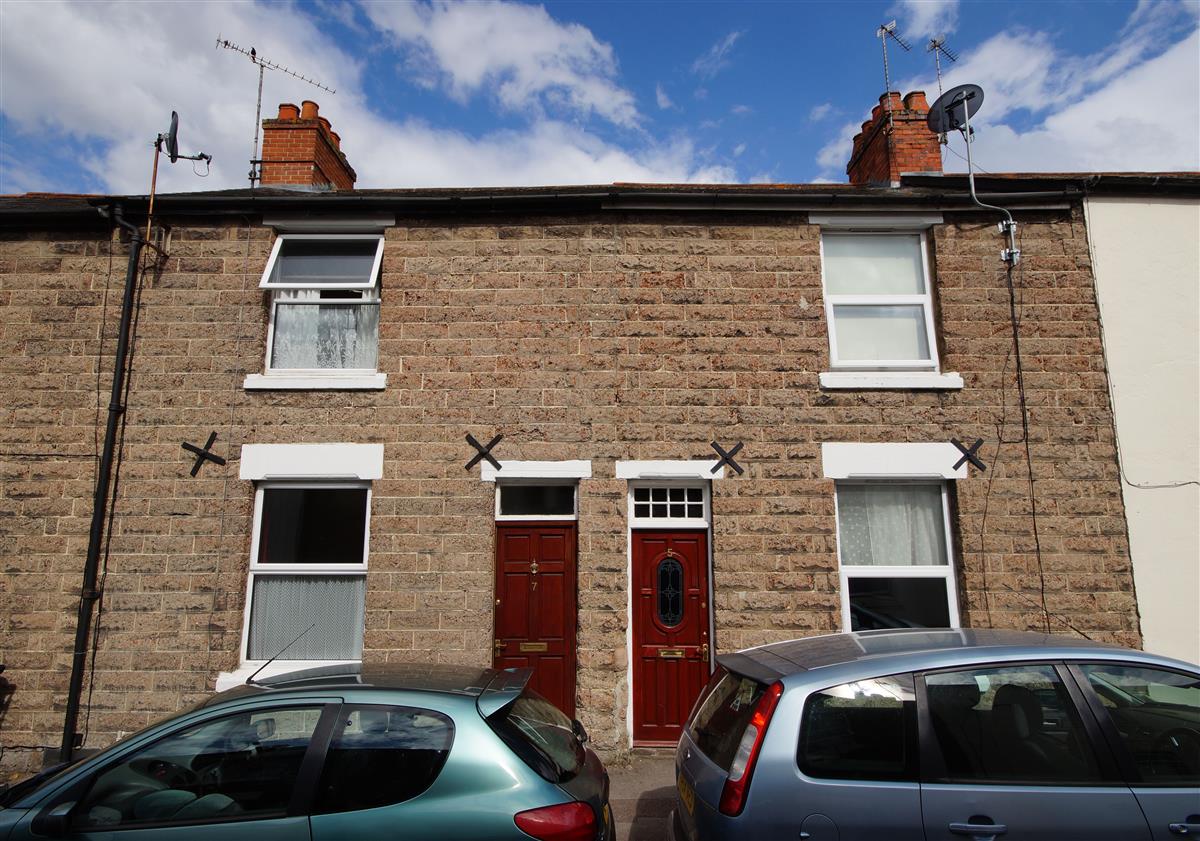
7 & 5 St Nicholas Road, Newbury - the homes of Fred's parents (7) and family (5) - his sister Beatrice lived in No 1. |
Frederick was born in 1890 the third son of John Lipscombe and his wife Ann née Clark. John and Ann had seven children in all; six survived infancy: Charles John Walford (born 1884), Albert Edwin (1885), Beatrice Alice (1888), Frederick James (1890), Mary Winifred (1893) and William John (1898). The lost infant was probably Matilda who was born and died in late 1896.
It is not clear which name Frederick preferred to be known by, his parents refer to him as Fred when commemorating his death in the local paper, but the military knew him as James, presumably the name he gave on enlistment. Following his parents’ wishes he will be referred to as Fred henceforth.
John Lipscombe was a chairmaker, a trade often associated in Newbury with the Lipscombe family; it was not work that would make a man wealthy but, in the days before mass-production, a decent living could be made in this craft. However, none of his sons followed him into the trade: Allbert became an iron founder’s labourer while Charles and Fred became pork butchers. Fred worked William Ruse Lewis a pork butcher with a shop at 102 Bartholomew Street. This was long before the days of pre-packed meat joints on supermarket shelves, butchers did the whole job, from slaughter to retail.- whether a familiarity with death and gore helped Fred and Charles when they faced the carnage on the Western front is another thing.
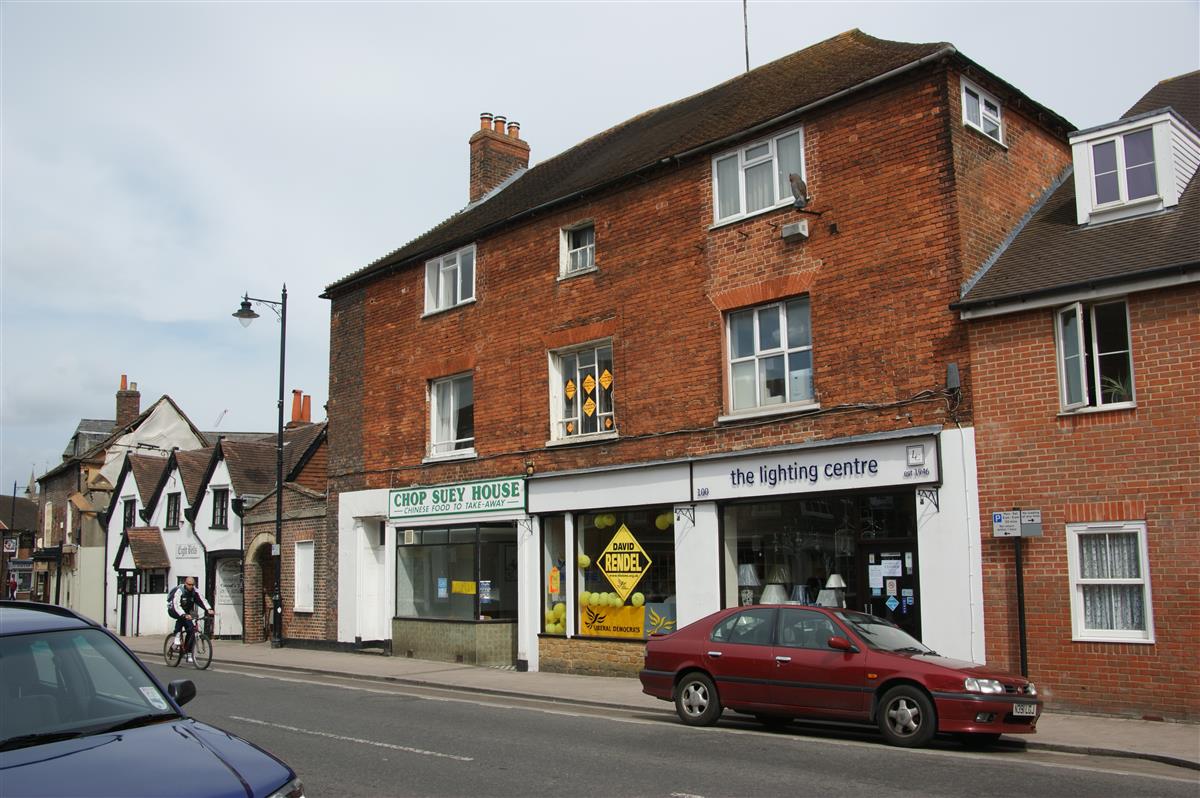
The William Lewis's shop today - now the 'Chop Suey' Chinese takeaway. |
Three days before war was declared on 1 August 1914 Fred married Clara Annie Pearce (Annie) at the parish church in Newbury. Their only child, Frederick John, was born a few months later, on 21 November 1914.
Fred signed up as ‘James Lipscomb’ on 6 December 1915 under the Derby Scheme to join the Royal Artillery. This scheme was promoted by the Minister for Recruitment, Lord Derby, as a last ditch attempt to avoid the need for conscription. Under the scheme men signed up (attested) on the understanding that they didn’t need to serve immediately, but would be called up as and when they were needed. Single men would be called before married family men, younger before older. Fred was luckier than most in that he was not called for until August 1916, when he was sent to the ‘Royal Regiment of Artillery’ for training. As an artilleryman he was given the regimental number 163892.
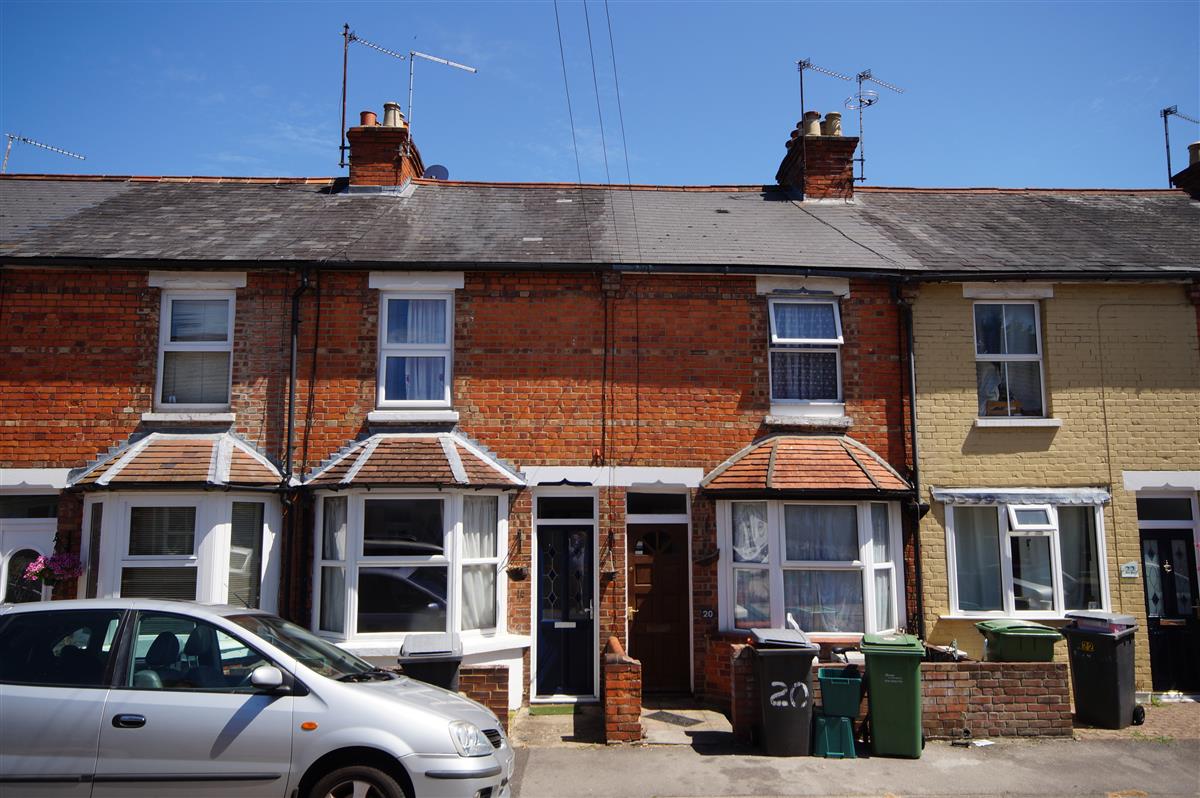
18 (left) and 20 Connaught Road, Fred's home at the time he signed up.. |
Fred’s medical report shows that he was 5ft 7 ½in tall and weighed 125lbs, but, more ominously, it noted that he was ‘fit for service in the field at home and abroad - is eligible for infantry’.
On 17 November 1916 Fred was transferred from the Royal Artillery to the 9th Training Reserve Battalion. The Training Reserve had been created in September 1916 to take over most of the infantry regiments’ training battalions so as to create a more flexible reserve. Men in training were no longer destined to go to war with the regiment that was training them – they would be available to any battalion that was in need of reinforcement. This it was that, on 8 January 1917, Fred was posted to the Durham Light Infantry, after three days on the books of the 15th Battalion he was posted again, to the 13th Battalion. Exactly one month later, on 12 February 1917 he joined up with the 13th Battalion in the field.
In June 1917 Fred was in serious trouble facing a court martial for having ‘left the trenches without permission’ – this could have resulted in a death sentence. He was punished with 28 days Field Punishment No 1 (being tied to an immoveable object, typically a waggon wheel, for 2 hours per day).
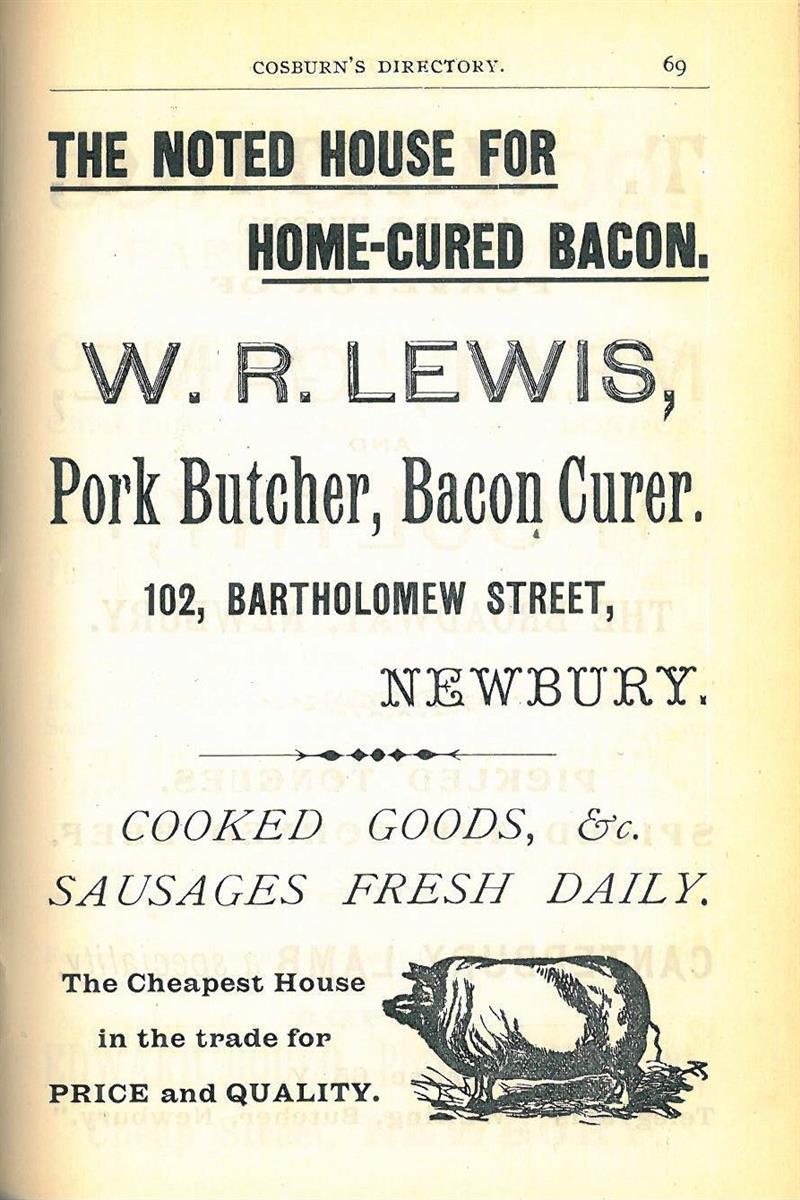
Advertisement for Fred's employer. |
In August 1918 Fred was given 15 days leave allowing him to spend a short time with his family; the last time they would see him.
Returning to Italy he was soon on the move again when the 13th DLI was detached from the 23rd Division and sent back to France, where it became a part of the 74th Brigade, 25th Division. During the journey to France Fred was in trouble again – losing a grenade carrier ‘by neglect’. A minor transgression earning him a few days ‘CB’ – confined to barracks.
This was the closing months of the war, the Allied forces, especially the British and Empire troops, were steadily pushing the Germans out of France and Belgium, back towards Germany. But the fighting was still hard; casualties were higher than ever because the army was constantly attacking, constantly assaulting prepared positions.
On 5 October 1918 the 13th Battalion Durham Light Infantry carried out such an attack with limited success:
War Diary , 13th Battalion, Durham Light Infantry – 5 October 1918
At 1am the Battalion moved to assembly trenches east of PROSPECT HILL with object of attacking high ground N of BEAUREVOIR. Attack at first successful but Battalion had to retire owing to heavy casualties. Lt Col D H Clarke DSO, MC, wounded. Capt C R Chapman, Lt A E Hales, 2/Lts E C Forrest, R W Robinson, N H Willis & E C Callow were wounded. Lieut H P Hart, 2/Lts P G Smith & C Dodd, & Lieut J Golder were killed. 2/Lt F Audes ‘missing’. Battalion again moved forward but unable to advance far owing to very heavy M G fire. Line dug about 400 yds in advance of original starting point.
Another 400 yards towards Germany at great cost – the diary does not give the numbers of other ranks killed, wounded or missing but it must have been substantial given the number of officer casualties. The Commonwealth War Graves Commission lists 63 members of the battalion who died that day – among the names is Frederick James Lipscombe.
The news reached Newbury via a notification sent to his wife at her old address, 13 Connaught Road, thankfully it reached Annie in St Nicholas Road. Presumably this was when the address was updated in Fred’s service records.
Newbury Weekly News, 28 November 1918 – Local War Notes
Mrs Fred Lipscombe, of St Nicholas Road, has received the sad news of her husband’s death, which occurred o the Western front. The deceased prior to joining up was in the employ of Mr W R Lewis, pork butcher. Of the four sons of Mr J T Lipscombe Fred has paid the full price. Joining the RFA in Aug, 1916, he was soon transferred to the DLI, and in January, 1917, was sent to France, afterwards to Italy, and after a leave returned to France.
Fred was buried in grave A.6 at Guizancourt Farm Cemetery in the village of Gouy between Cambrai and St Quentin. The farm was captured on 5 October 1918 and the cemetery was made soon after. Fred’s presence here clearly suggests that he died on the battlefield and that his body was recovered for burial at the time the cemetery was started.
Annie chose the following epitaph for his headstone:
Those whom God has divided on earth shall be reunited in heaven.
His parents also remembered him:
Newbury Weekly News, 22 November 1919 – In Memoriam
LIPSCOMBE – Killed in action, in France, October 5th, 1918, Pte Fred Lipscombe, 13th Durham Light Infantry, third son of Mr and Mrs John Lipscombe, 7, St Nicholas Road, Newbury, aged 28 years.

Henry's name on Newbury War Memorial. (middle left) |
His King and country called him,
The call was not in vain.
On Britain’s roll of honour
You’ll find our dear son’s name.
His cheery ways, his smiling face,
Are pleasant to recall,
He had a kindly word for each,
And died beloved by all.
From his sorrowing Mother, Father, Sisters, Brothers and Aunts.
Locally Fred is remembered on tablet 3 of the Newbury Town War Memorial as well as the parish memorial and roll of honour in St Nicolas Church, Newbury.
Family
Charles was employed. |
Newbury Weekly News, 13 December 1917 – Local War Notes
The many friends of Pte C Lipscombe, of Berries Bank, and for some years with Mr Morton, the Marketplace, will be glad to know that the reports of his condition, which at one time were very serious, are now quite re-assuring. Since joining up in July, 1916, he has been wounded twice, the first time in March this year. After spending some three months in Scottish Hospitals, his recovery was so satisfactory that he returned to France again in July. On October 15 he was severely wounded in both feet, right leg, and right arm; the later it has been necessary to amputate. He is at present in the 1st South African Hospital, France, and making good progress.
No longer fit for service he was discharged from the army on 30 August 1918 and received a Silver War Badge to wear on his civilian clothing to indicated that he had ‘done his bit’.
Albert Edwin Lipscombe was the second of the Lipscombe boys, in 1911 he was employed as an iron founder’s labourer; probably working for Plenty & Son or Turk & Son the main foundry businesses in Newbury at the time. In 1914 he married Rosina (Rose) Slade, whose brother Samuel was another casualty of the war. Albert’s own war appears to have been relatively uneventful; the 1918 electoral roll shows that he was absent on military service but he does not appear to have received any medals – which would mean that his war service was undertaken within the UK. However, it is possible that he served at the front – if anyone has further information please contact us. Albert and Rose had five children, Albert died in Newbury in 1951 aged 66
William John Lipscombe was the baby of the family and hence was only just 20 when the war ended. For some reason the 1918 electoral roll shows him as being absent from 7 St Nicholas Road on war service. It has not been possible to determine whether he served overseas, several William or John Lipscombes did but there is not enough information available to determine which, if any, were William John from Newbury.
Beatrice Alice Nutley was the elder of Fred’s two sisters; she married Walter Henry Nutley from Donnington in 1911 and moved into 1 St Nicholas Road - when Annie moved into No 5 three of the eight terraced cottages that formed the east side of the road were occupied by members of the family. Walter served with the Royal Berkshire Regiment – unusually serving in three different battalions, the 1st, 5th and 7th Battalions. All three were active fighting battalions – to transfer from one to another would usually mean a break in service through sickness or wounds. Whatever the story, Walter survived the war, he died in Reading in 1967 aged 83. Beatrice died in 1972 aged 88 – they had two children.
Mary Winifred Stanford was the second of Fred’s two sisters; she married Fred Stanford a stable lad from Hoe Benham in 1913. They lived at Wickham Heath. A number of Fred Stanfords served during the war, it has not been possible to determine which, if any, was Mary’s Fred. They both survived the war and had three children; Mary died in 1983 aged 90, Fred in 1976 aged 85.
Thanks to Karen Newbery for her help researching this story.

Find a memorial :
| Died this day: | |
| 14 January 1946 | |
| Henry Charles Waite | |
| Upper Basildon |

Like this site? Show your appreciation through a donation to a great charity.
